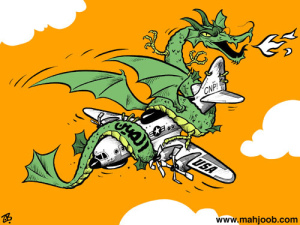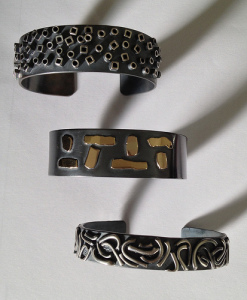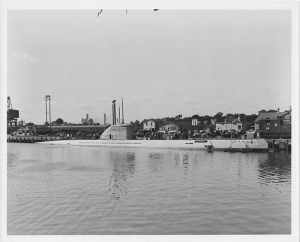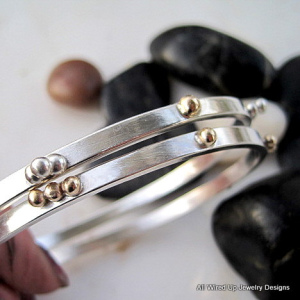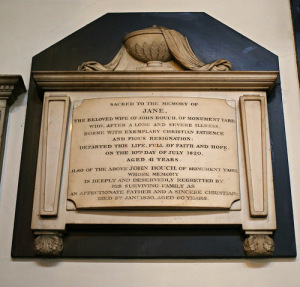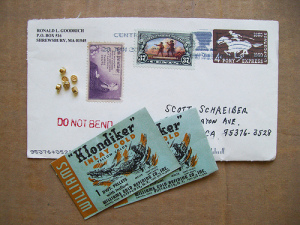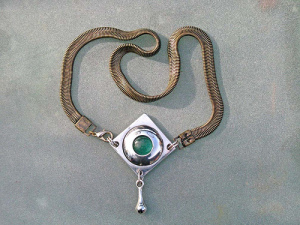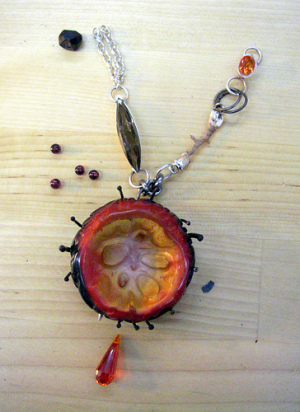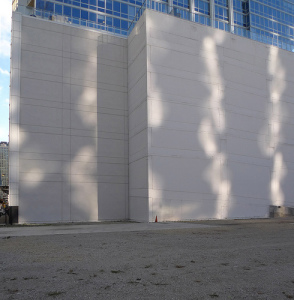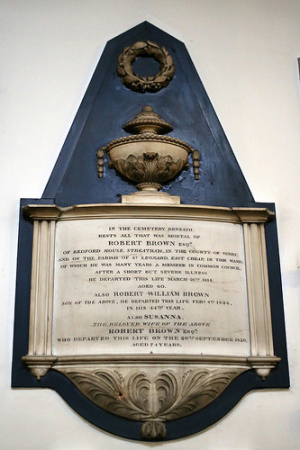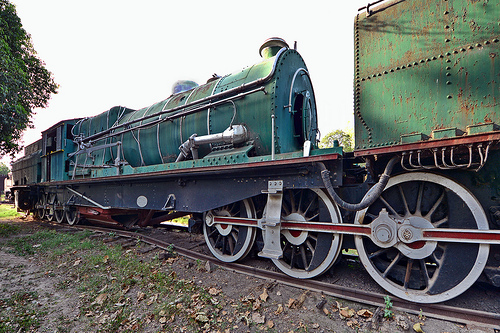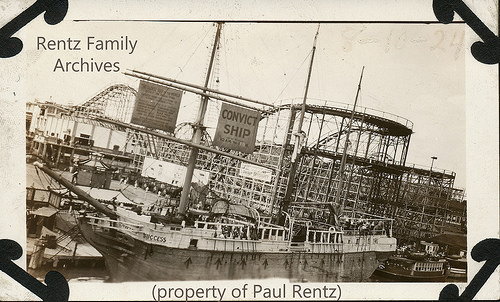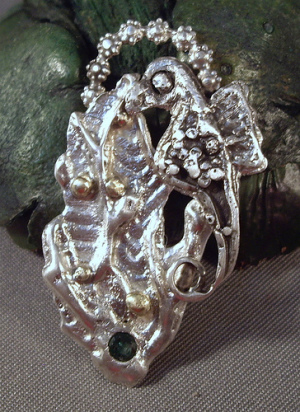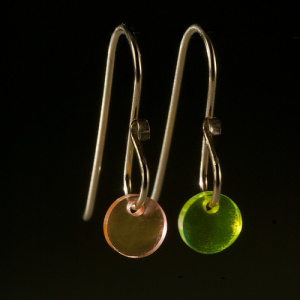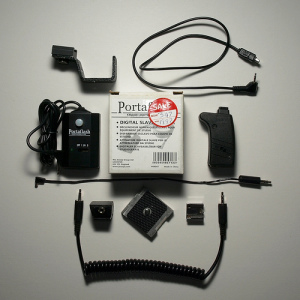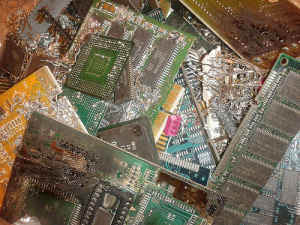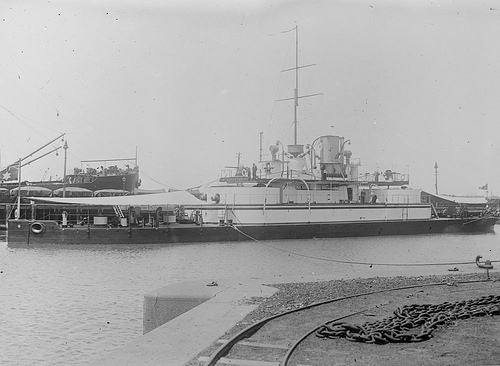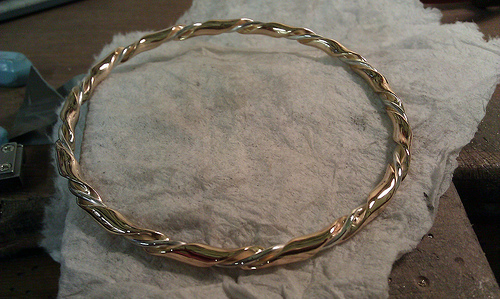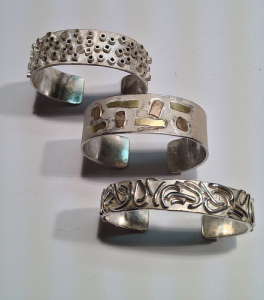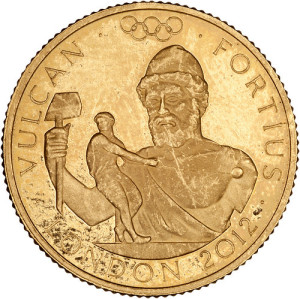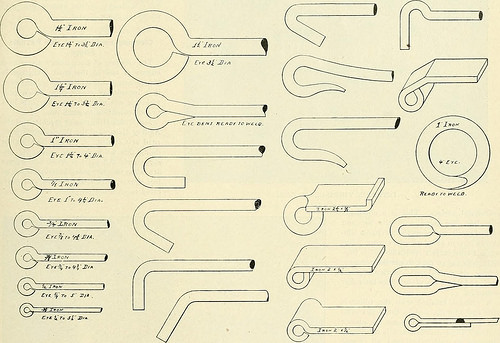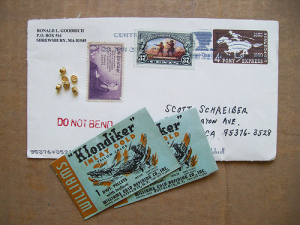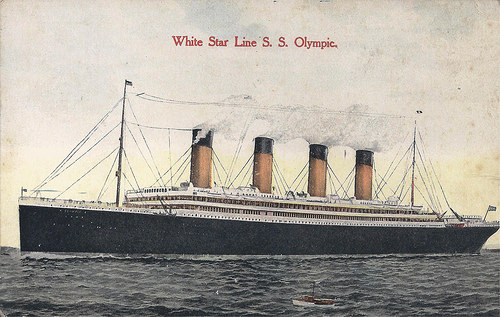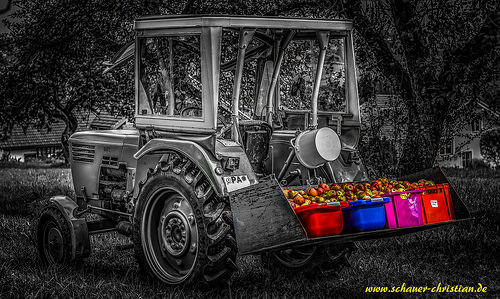Throughout the ages, man has been recycling metals by melting and reusing them. A visit to almost any industrial area in the country will demonstrate that the scrap business is alive and well. You’ll notice scrap processors (scrap facilities or scrap yards) where the scrap metal is piled high, cranes are lifting and sorting the […]
Read More...
Throughout the ages, man has been recycling metals by melting and reusing them. A visit to almost any industrial area in the country will demonstrate that the scrap business is alive and well. You’ll notice scrap processors (scrap facilities or scrap yards) where the scrap metal is piled high, cranes are lifting and sorting the metals, and trucks are hauling the scrap metal in and out of the facilities. Recycling metal is important because it creates big business. It also plays an important role in conserving our national resources. It helps keep our highways and cities free from debris and helps preserve landfill space.
Iron ore is extracted from the ground. It is shipped to a mill where iron or steel--steel in this example--is made into different forms, such as sheet or bar stock. The steel is then shipped to a buyer, such as a stamping plant or screw machine shop, to be fabricated. During that fabrication, scrap metal is generated; then, it is sold for processing and/or melting.
Scrap metal is also produced by the ultimate user at the end of the steel product’s useful life. The obsolete product enters the recycling system at that point. After processing the scrap metal, the scrap processor will sell the processed scrap to a mill, foundry, or other concern that will use the metal to make new products.
Scrap metal is divided into two types: ferrous and nonferrous. Ferrous scrap is scrap iron and steel. This includes scrap from old automobiles, farm equipment, household appliances, steel beams, railroad tracks, ships, and food packaging and other containers. Ferrous scrap accounts for the largest volume of metal scrapped. Ferrous scrap is classified into almost 80 grades; additionally, there are another 40 grades of railroad ferrous scrap and even more grades of alloy scrap. Metal alloys are made from a combination of two or more metals.
Nonferrous scrap metal is scrap metal other than iron and steel. While the volume of nonferrous scrap is less than ferrous scrap, it is more valuable by the pound. Here are some examples of nonferrous scrap: aluminum, copper, lead, zinc, nickel, titanium, cobalt, chromium, and precious metals. Millions of tons of nonferrous scrap metal are recovered by processors and consumed by secondary smelter, refiners, ingot makers, fabricators, foundries, and other industries in this country.
Scrap metal, ferrous and nonferrous, can be categorized as either “home scrap” or “purchased scrap.” Home scrap is scrap generated at the mill, refinery, or foundry, and is generally remelted and used again at the same plant. Home scrap never leaves the plant.
Related Posts
-
 Turn Your Scrap Gold Into Money
A highly valuable and precious metal, Gold has a lot of utilities other than
Turn Your Scrap Gold Into Money
A highly valuable and precious metal, Gold has a lot of utilities other than -
 Cash For Gold
Do you have what it takes to transform carats into liquid assets? Gold dealers
Cash For Gold
Do you have what it takes to transform carats into liquid assets? Gold dealers -
 Scrap Gold Buyers – An Overview
With the global financial crisis hovering over, people are looking for many ways to
Scrap Gold Buyers – An Overview
With the global financial crisis hovering over, people are looking for many ways to -
 Get The Best Price For Your Scrap Gold
The price of gold goes up when the demand for it is high. You
Get The Best Price For Your Scrap Gold
The price of gold goes up when the demand for it is high. You -
 What is Scrap Gold? How To Fruitfully Market This Material
Most people are not conscious that one of the most engrossing areas of bullion
What is Scrap Gold? How To Fruitfully Market This Material
Most people are not conscious that one of the most engrossing areas of bullion -
 How to sell Scrap Gold to get the maximum benefit?
Gold is a precious metal and getting tremendous importance from ancient time. Gold purchase
How to sell Scrap Gold to get the maximum benefit?
Gold is a precious metal and getting tremendous importance from ancient time. Gold purchase -
 Scrap Gold Buyers – An Overview
With the global financial crisis hovering over, people are looking for many ways to
Scrap Gold Buyers – An Overview
With the global financial crisis hovering over, people are looking for many ways to -
 Portland Gold Buyers Commodity
To sell gold to Portland gold buyers a person must understand how the system
Portland Gold Buyers Commodity
To sell gold to Portland gold buyers a person must understand how the system

